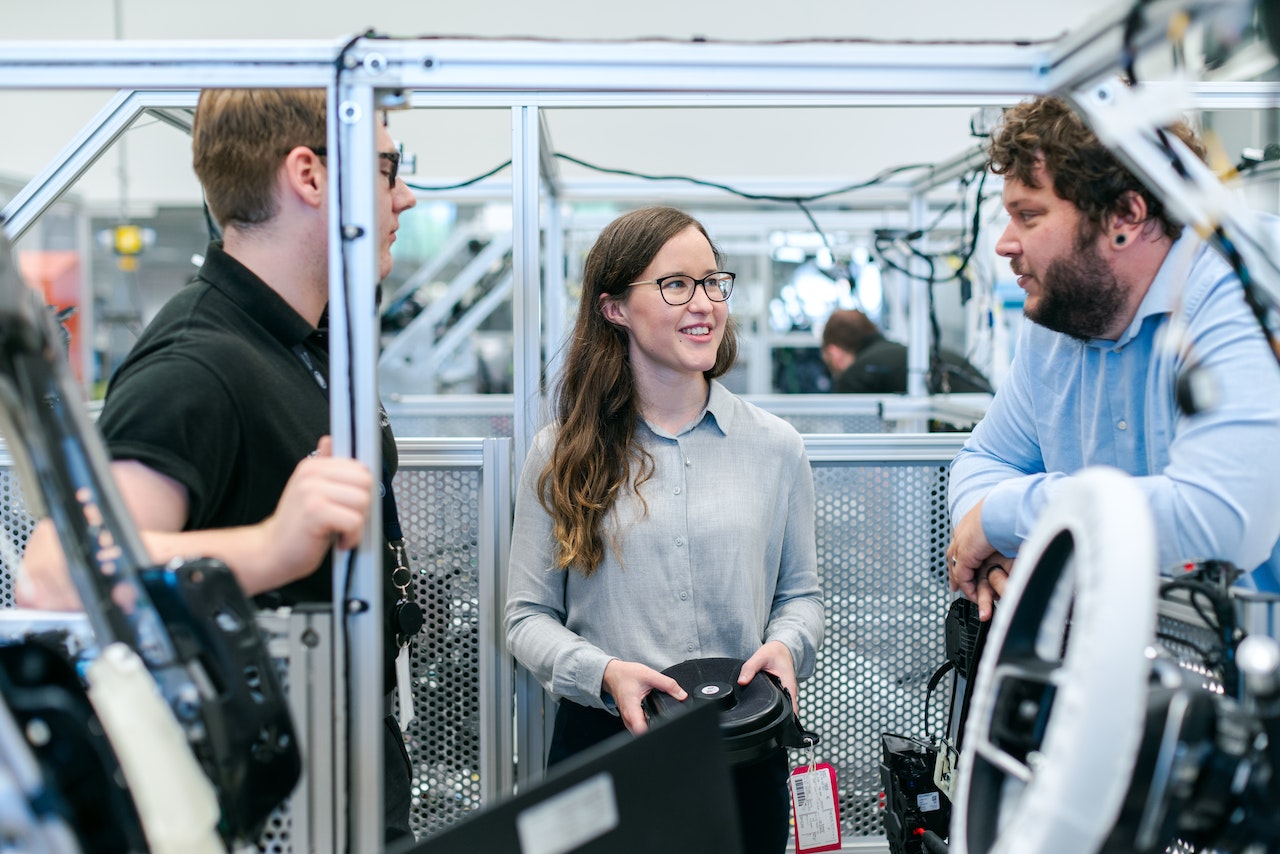Being safe is, generally speaking, a good thing. Abraham Maslow, the American psychologist put it near the bottom of his hierarchy of needs. Not only does being safe reduce our chances of suffering an injury: it also provides psychological benefits.
Fortunately, the world has become a safer place over the last few decades (even if popular media might suggest otherwise). In terms of injuries and fatalities, the average workplace today is unrecognisable from those of Victorian Britain, or even Britain in the 1970s.
Much of this change has been driven by cultural and legal forces. Employers today, for example, can be held legally accountable when they fail to provide a safe working environment. But technology has also helped to protect us in a whole range of ways: from the luminous vests worn by outdoor workers to the automated emergency-stopping mechanisms found in modern machinery.
Safety in Construction
Construction deserves to be singled out. Along with agriculture, it’s one of the more inherently dangerous modern industries. But the introduction of a range of technologies has helped to reduce accident rates. Hard hats, for example, might help to prevent catastrophic head injuries. The riving knife on a table saw might help to prevent seriously damaging kickback.
Technology and road safety
The automotive industry is an area of special progress in safety, thanks to a range of driver assistance technologies. Fog lights that dip automatically to prevent oncoming drivers from being dazzled; sensors that nudge a vehicle back into the lane whenever it drifts; brakes that apply automatically in response to the vehicle in front stopping: they’re all mainstream in modern cars.
There’s speculation that we’ll one day arrive at a fully driverless road system, where the control over our cars is handed over entirely to machines. Whether or not this happens in the 21st century, it seems fair to project that we’ll enjoy a succession of safety-improving technologies that make life on the road progressively less hazardous for everyone.
Social media and online platforms
Safety on social media is a contentious topic. The full extent of the technology on the psyche isn’t fully understood. While networks might enforce policies against hateful content and the like, the fact remains that conflict and mud-slinging are often inherent, especially on platforms like Twitter.
What’s more, users might be putting themselves at risk of hacks and fraud, especially if the appropriate measures aren’t put in place to assure them that the data in question is safe.
Of course, even if you can protect your own data, it might be that advertisers can gain insights into your behaviour based on the activities of your close friends. As such, there’s only one way to make yourself entirely safe from bad actors on social media, and that’s to leave it!


